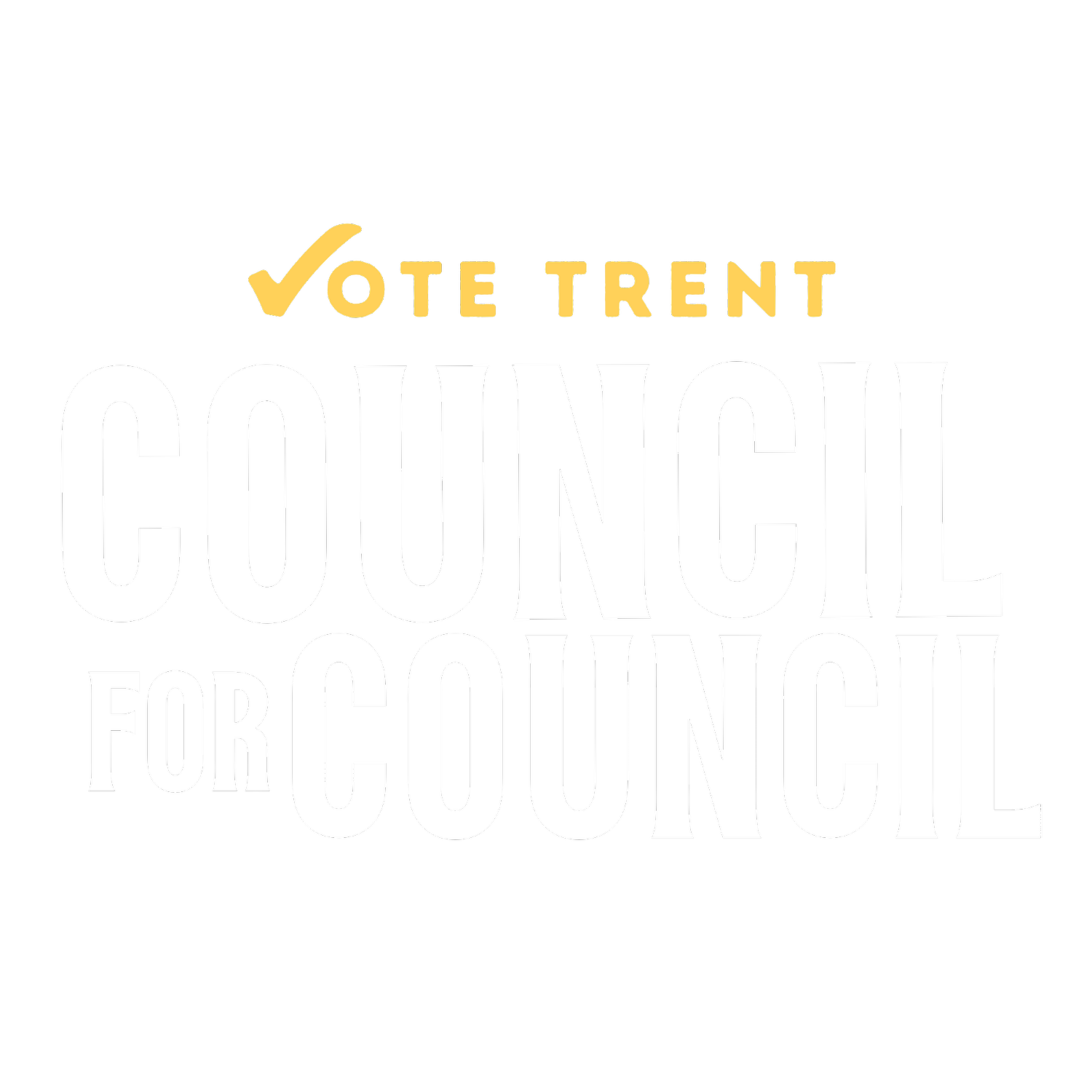
A WALKABLE
WOODSTOCK
TAME TRAFFIC
SAFE STREETS
Make Woodstock More Walkable, Healthier, and Less Car-Dependent
Woodstock’s growth doesn’t have to mean more traffic, more sprawl, or more frustration. It can mean better-connected neighborhoods, local shops within walking distance, and tree-lined streets that feel safe—not like highways cutting through our communities.
The city’s proposed zoning plans already encourages mixed use and walkability. Now, it’s time to make sure those ideas actually become reality, not just words on paper.
Trent Council believes in a smarter, more human-centered approach to city planning—one that puts walkability, safety, and livability first, follows through on expert recommendations, and keeps the special touches that make Woodstock feel like home.
Walkability Isn’t a Luxury—It’s a Necessity
Trent will support zoning changes and infrastructure investment that make it possible to live and move in Woodstock without always needing a car. That means:
Sidewalks that don’t disappear mid-block
Crosswalks where people actually cross
Village-style living that mix homes, green spaces, and small businesses in walkable proximity
This isn’t just about convenience—it’s about quality of life, local connection, and public safety.
Traffic Relief Starts With Better Design
More lanes and more sprawl won’t fix Woodstock’s traffic. Trent supports traffic calming measures, reduced speed limits where appropriate, and street grids that give people more than one way to get around.
He will push for:
Complete streets that serve pedestrians, cyclists, and drivers—not just commuters
Prioritizing traffic solutions that benefit residents, not just people passing through
Sidewalk and trail connectivity between neighborhoods, parks, schools, and downtown
Preserving tree cover and green buffers wherever possible, especially along major roads and new developments
What’s Missing Today—and Why Trent’s Different
The city’s transportation plan talks about walkability, but development is still car-first, but too often, projects still end up car-first in practice, and too many prioritize density over connection.
Trent is calling for:
Proactive walkability audits before new developments are approved
Real public engagement in traffic planning—not just open houses after decisions are made
A continued shift toward mixed-use, people-centered design that reduces dependence on cars
Stronger protections for existing trees and thoughtful landscaping requirements to replace what’s lost
Walking the Walk
Trent walks to his job off Arnold Mill almost every day—and his route is longer because, without sidewalks, the quickest path just isn’t the safest. He’s not just talking about walkability—he’s living it.
If elected, he’ll be a voice on council asking the right questions:
Does this development support walkability, or just add more cars?
Are we building the kind of city residents can thrive in—or just survive in?
Can we grow in a way that respects our history, our green spaces, and our citizens—or will we pave over everything that makes Woodstock special?
Are we truly listening to the people who live here, or just waving through projects that benefit outside developers?
Woodstock deserves better than copy-pasted growth.
It deserves a future you can walk to.

